Imagine a world where red and green are identical, orange and yellow blur into a confusing hue, or where violet flowers appear blue. Imagine wearing dark blue pants with a black jacket to the prom, or struggling with traffic lights and stop signs, or playing fortnite partially greyed out. Imagining missing questions and misunderstanding course materials in school – all because you couldn’t see colors others took for granted. That’s what Color Vision Deficiency (CVD) can feel like.


When playing varsity or club soccer, I would find myself hesitating to pass, or would misjudge tackles. I chalked this up to nerves in high-pressure competitions and tried to adapt as best I could. I now know that the real reason was that I could not ‘see’ certain colored jerseys. Similarly, I remember hiking with my dad in Northwest Park in Chesapeake and marveling at his seemingly intuitive sense of direction. When asked how, he pointed to what seemed to me were brownish grey blocky smudges nailed to tree barks and explained how the red trail markers clearly stood out to him, against the greenery. That’s when it hit me—maybe I wasn’t seeing what he was seeing. Although I was tested as a child and diagnosed with color blindness, the label felt abstract, and nothing came of it. No education, no accommodations in school, and no direction.
CVD affects 1 in 12 boys (about 8%) and 1 in 200 girls (0.5%). My brother and I are among the 350 million people globally who live with limited perception of color.
In Chesapeake, Virginia, where I live, there are nearly 45,000 public and private school students. Statistically, around 1,628 boys and 102 girls here are affected by CVD. Across the state, roughly 116,000 children may be color blind. According to the Multi-Ethnic Pediatric Eye Disease Study, CVD prevalence among boys varies by ethnicity: 5.6% in Caucasians, 3.1% in Asians, 2.6% in Hispanics, and 1.4% in African Americans. Virginia law mandates comprehensive digital vision screening since updating the law in 2017. Despite this, there are no systemic initiatives offered to children identified with this condition. 80% of information is taken in visually and in school it is often color-coded. Many color blind kids struggle to learn color-coded information. I want to change that.
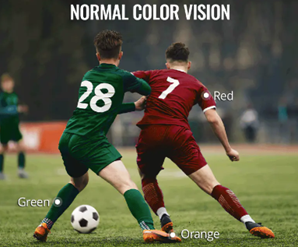




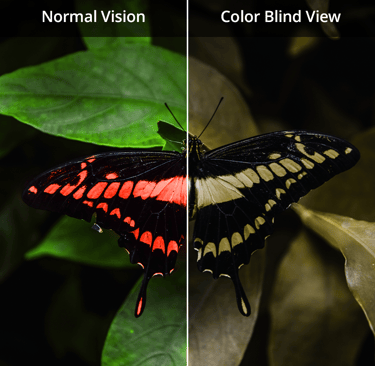
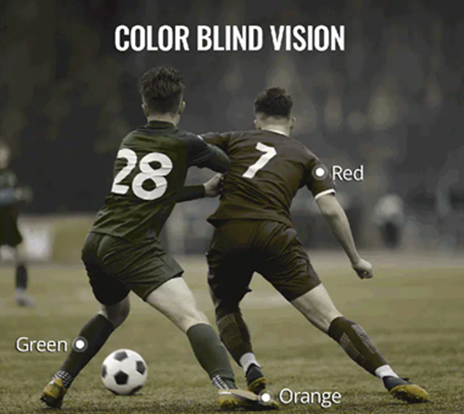

My goal is to raise awareness, increase testing, and advocate for systemic change in schools to support students with CVD. I also hope to help student-athletes like me adapt more effectively. By reaching out to school administrators, the Virginia Department of Education, local soccer clubs, and community organizations, I believe we can amplify awareness of this issue and push for meaningful solutions—such as routine school screenings, color-corrective aids, simple color adjustments in school materials and tests.
This is a long-term mission. But every journey begins with a first step—and I’m taking mine now.
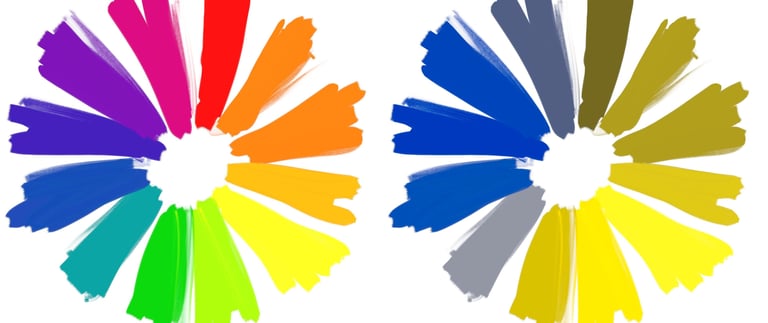


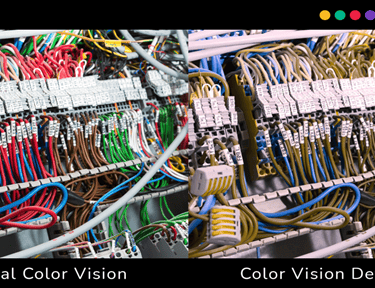
How do we achieve this? By advocacy at the school, district and state levels to educators and policy makers:
For Schools:
Try to avoid using colors containing red or green in presentations, spreadsheets, graphs, signage, instructional and other materials.
Educate teachers about the prevalence of color blindness and its effects. Avoid using problematic colors like red and green.
Label colors in workplace materials to facilitate correct color-identification for color blind staff.
Consider making reasonable school accommodation with assistive tools available to color blind children, such as color-filter lenses, labeled materials and software (contrast enhanced settings on sites)
For Soccer Clubs:
Educate staff about CVD and screen for it if not done in school.
Uniforms and Training kits: Try to avoid single color red, green, orange, grey, silver or gold; Good combinations include Black & White, Black & Yellow, Red & Yellow, Blue & Yellow, Blue & Bright Red. Try to Avoid Red & Black, Red with Green or Orange, Orange & Yellow, Bright Green & Yellow, White & Pastels
Cones: Avoid red, orange, green, pink or grey; Best are blue, white, bright yellow
Lines: Keep them White
Suggest resources and adaptive tools (such as color-filter lenses, labeled materials, or software)

